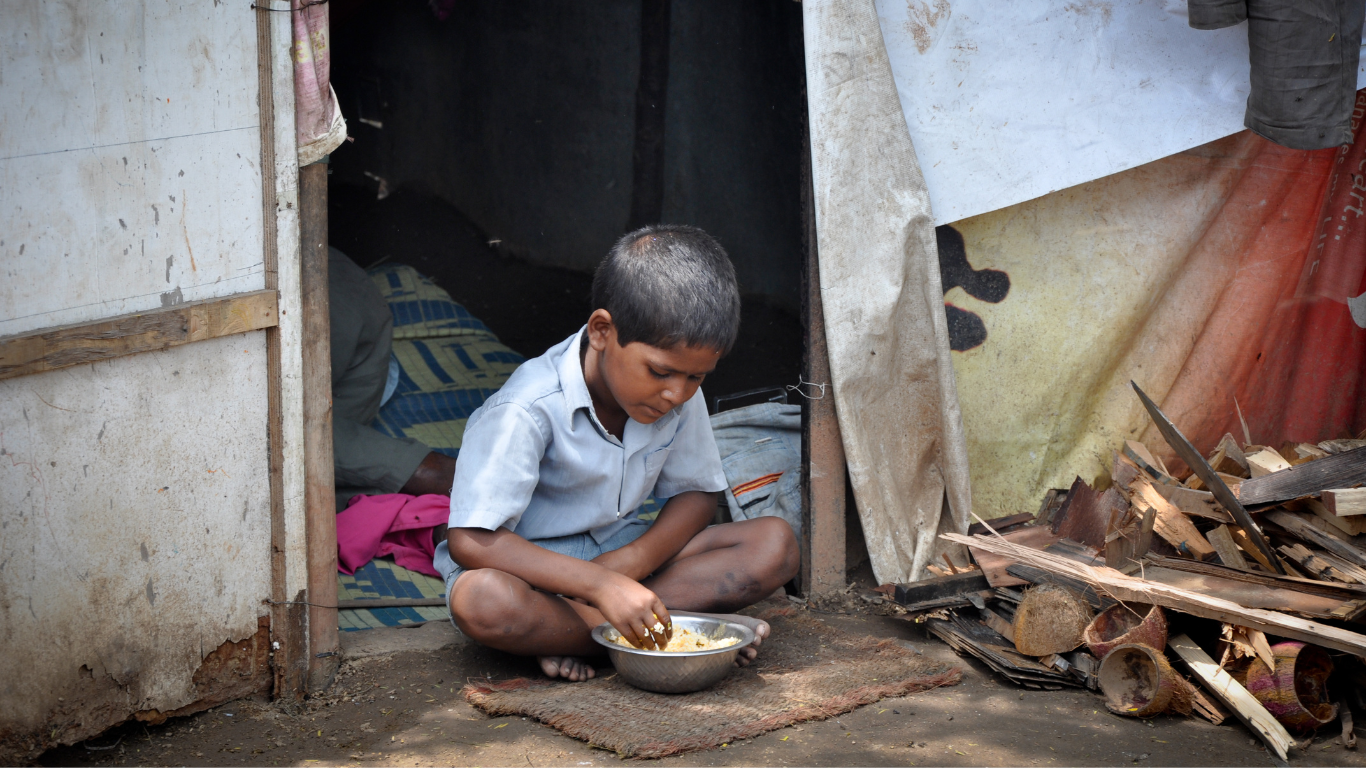Every year, on October 17th, the world comes together to observe the International Day for the Eradication of Poverty, a moment to reflect on the reality of poverty in our world and the necessary actions to combat it. Recent data from Oxfam provides us with an overview of the current situation and the challenges we face.
How many people live in poverty worldwide?
According to Oxfam, nearly 700 million people live in extreme poverty, surviving on less than $2.15 per day, or approximately 64 euros per month. Over the past three decades, we have witnessed a decrease in extreme poverty, with the global rate dropping from 36% in 1990 to around 9% today. However, these numbers should not blind us to the persistent reality of poverty.
Not just a matter of money: the multidimensional approach to poverty
Poverty is not solely defined by monetary figures. The global Multidimensional Poverty Index reminds us that poverty encompasses the lack of access to education, clean water, electricity, and much more. In developing countries, 1.3 billion people, more than one in five, live in conditions of acute multidimensional poverty. Among them, 644 million are children.
Where and who are the poorest people on the planet?
Geographical inequalities remain a major challenge in the fight against poverty. Over 60% of people living in extreme poverty reside in sub-saharan Africa, where the rate of extreme poverty is nearly 40%. While the percentage may have decreased, the absolute number of poor people in this region has increased since 1990, rising from 284 million to 420 million. When examining multidimensional poverty, it is actually 556 million people affected in sub-saharan Africa.
Poverty is sexist
Poverty does not affect both sexes equally. Over 60% of people living in extreme poverty are women, who are often concentrated in lower-paying and precarious jobs. The COVID-19 crisis has exacerbated these inequalities, pushing an additional 47 million women below the extreme poverty threshold. Projections indicate that the poverty gap between women and men will continue to widen.
Children are particularly affected
Poverty has devastating consequences for children. One in three children suffers from multidimensional poverty, and 20% of children under the age of 5 in developing countries live in families in extreme poverty. The COVID-19 pandemic has worsened this situation, pushing an additional 100 million children into poverty between 2019 and 2021.
Causes and Consequences of Global Poverty
The causes of poverty are complex and interconnected. Economic inequalities play a major role, with a capitalist system favoring a minority at the expense of the majority. Conflicts, climate change, and other factors also contribute to poverty.
How to End Global Poverty?
The fight against poverty is not an impossible mission. Here are some key measures to achieve it:
- Combat economic inequalities by reforming the tax system, taxing multinational corporations, and upholding the commitment to allocate 0.7% of GNP to official development assistance.
- Address climate change by making significant investments in adaptation and greenhouse gas emissions reduction.
- Reform agriculture by supporting agroecology to sustainably and equitably feed the planet.
The International Day for the Eradication of Poverty is a reminder that poverty is not inevitable. Together, we can work to create a more equitable world and eliminate poverty on a global scale.
Source :
Oxfam France (2023). « La pauvreté dans le monde n’est pas une fatalité ». Available here: https://www.oxfamfrance.org/inegalites-et-justice-fiscale/la-pauvrete-dans-le-monde/.


